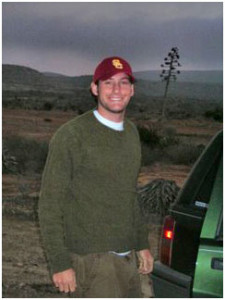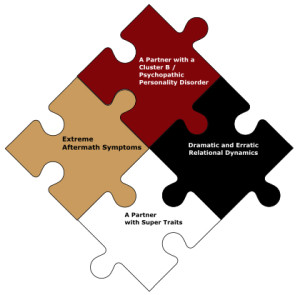Personality disorders are those permanent disorders that mar a soul. They impair a person’s ability to grow, to sustain enduring positive change, and to develop insight about how their behavior affects others. This is the path of pathology—when disorders so affect a personality that it leaves a person impaired and it disengages their character switch.
Personality disorders are often referred to as Character Disorders. No wonder! The problems associated with personality disorders largely manifest as inappropriate behavior associated as negative character reflection. We now know some of this inappropriate behavior is associated with poor impulse control. When low impulse control is not managed, a person begins to look like someone ‘characterlogically challenged’— displaying characteristics such as lying, conning, manipulation, overt or covert stealing, sex addictions, infidelity, violence, drugs/alcohol abuse, etc. These are all reflections on someone’s behavior which can reflect character.
Why would someone want to be with anyone whose character is ‘suspect’? Finding out about consistent lying or chronic cheating are all character red flags that, when heeded, could reduce the relational harm you experience; but ignored, become a path of pain. Character red flags are usually related to CHARACTER DISORDERS which are associated with personality disorders, which are permanent.
People who adhere to a ‘two-strike rule’ about character infractions could help reduce the number of people in therapy today because of Pathological Love Relationships. Behavior is often a reflection of character. What are you accepting as character and why are you shocked when they display more of the same behavior? And why do you end up making excuses for their behavior?
Over and over again I hear women of all ages say, “There isn’t anyone decent out there.” It seems to be especially true of this current 20-something generation in which “It’s all about me” has become a significant motto of the decade. Women give up and give in to the common dating practices that are prevalent right now, only to cycle through relationship after relationship not only not getting their needs met, but being damaged by their relationships as well. There HAS to be something better out there for women—but is that what you REALLY want?
Why do I ask that? I got a letter from a previous client who discussed the latest relationship she was in. While she was hoping she had overcome her previous relationship choice patterns, she was shocked to find herself in yet another relationship because “she didn’t want to be alone.” It wasn’t a crushing kind of loneliness—but a general “wanting to find the right guy.” She thought it started out well—and when problems arose, counseling was sought from several sources. Feeling like she had gotten a handle on what the issues were, and he had voiced his desire to work on the problems, she stayed trying to find the love that she was seeking. But after emotional and verbal abuse, a threat with a deadly weapon, a display of alcohol abuse, and some physical assaults—she decided the relationship was probably ‘dangerous or deadly.’ There went another couple of years down the tubes—another ‘dangerous man’ and her hopes and emotions dashed against the trigger of a deadly weapon.
In contrast, I am reminded of my foster son Cody’s character, who died at the ripe old age of 25. He was a young guy who, ironically in this day and age, never succumbed to the sex and drug culture.
He was gentle—with nature, with feelings, with people. His integrity was thorough, weaving a rich and deep seam through his character. In a blazing black-and-white contrast to what women have been selecting, I wondered why it’s so hard to see character. Yeah, yeah, I know—they hide and mask and do all the other subversive types of behavior that don’t allow you to see. It’s often said that “Character is who you are when no one is looking.” Well, a pathological could care less about that! They only want to fake character when someone IS looking.
But just knowing that character and its glaring deficits are often related to pathology should be enough to make people sit up and take notice. We live in a world that is numbing itself against any moral and behavioral absolutes. This numbing causes people to accept pathological behavior as the norm. “There aren’t any good ones left” is an excuse to accept the pathological culture that is developing before us.
It takes someone like Cody to make us realize that good people are worth waiting for. When you accept bad character, you get bad behavior. When you accept bad behavior, you accept being hurt because it’s inevitable. Thank you, Cody, for being a teacher to me about what good mental health looks like in a young man. I miss you, but always remember what you taught me.
Character counts, ladies. Don’t sacrifice.
(**If we can support you in your recovery process, please let us know. The Institute is the largest provider of recovery-based services for survivors of pathological love relationships. Information about pathological love relationships is in our award-winning book, Women Who Love Psychopaths, and is also available in our retreats, 1:1s, or phone sessions. See the website for more information.)
© www.saferelationshipsmagazine.com

 In contrast, this week was Cody’s birthday. I am reminded of my foster son Cody’s character that died at the ripe old age of 25. He was a young guy who ironically in this day and age, never succumbed to the sex and drug culture.
In contrast, this week was Cody’s birthday. I am reminded of my foster son Cody’s character that died at the ripe old age of 25. He was a young guy who ironically in this day and age, never succumbed to the sex and drug culture.







